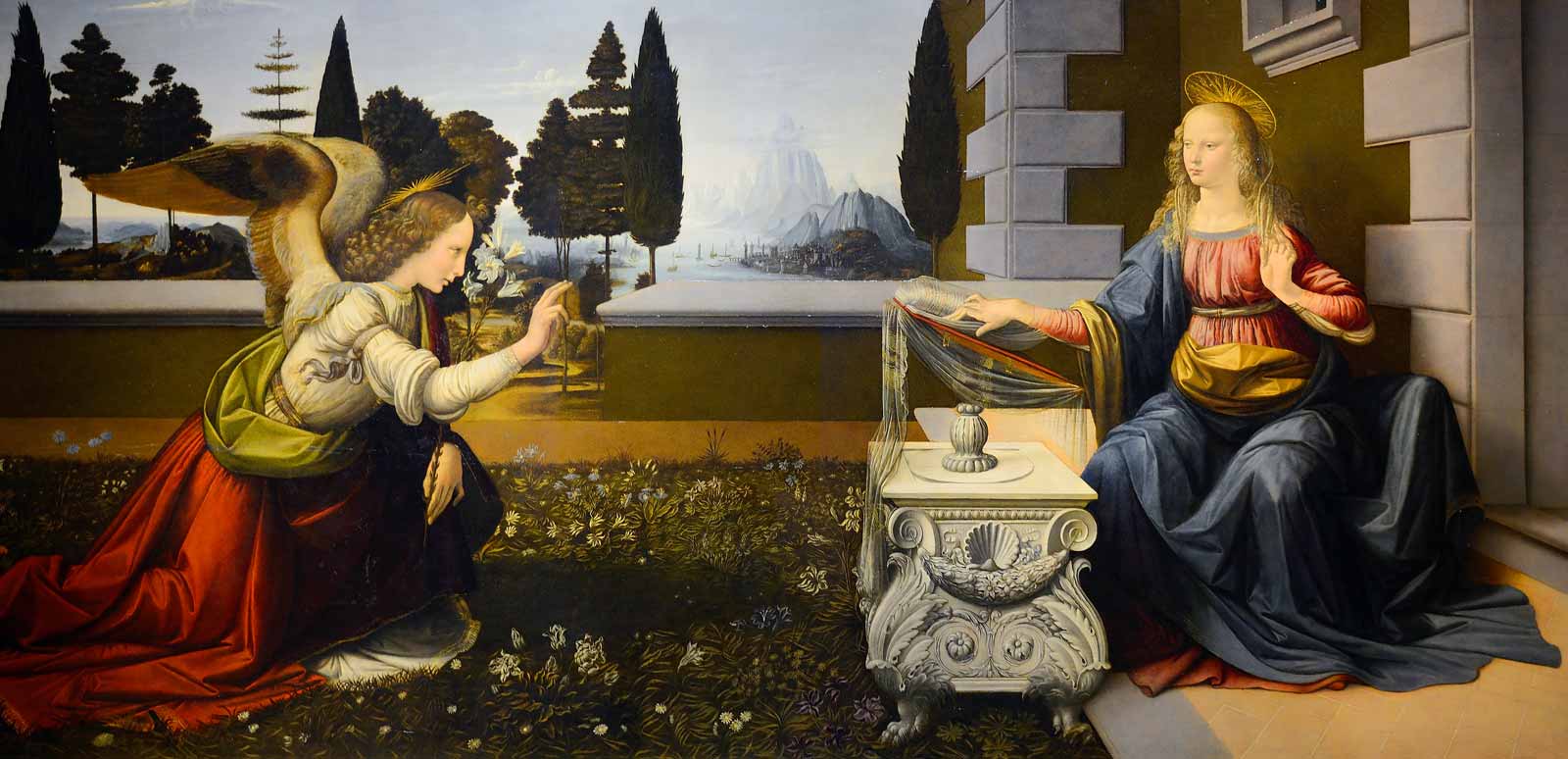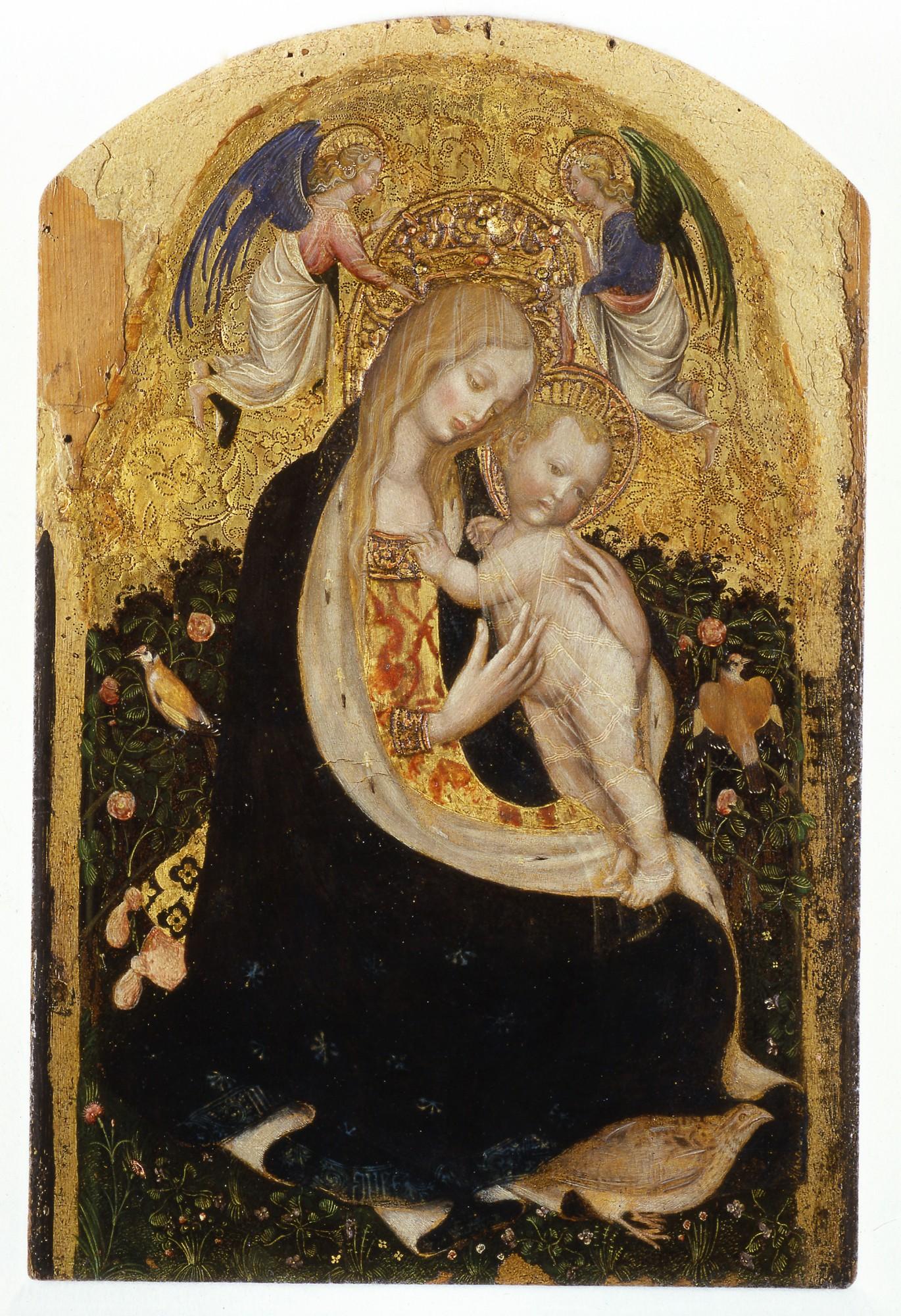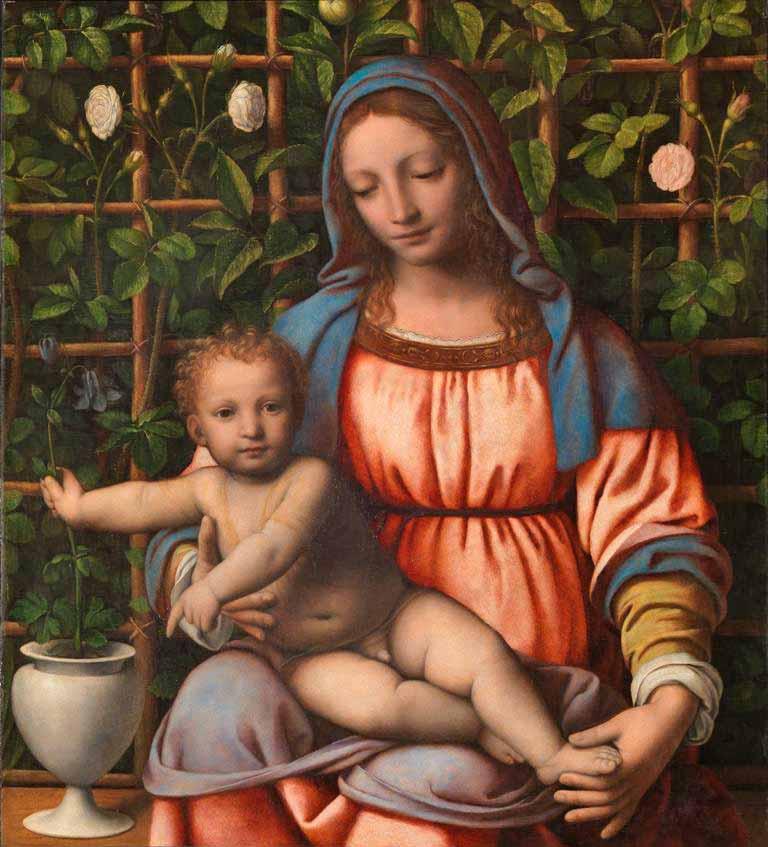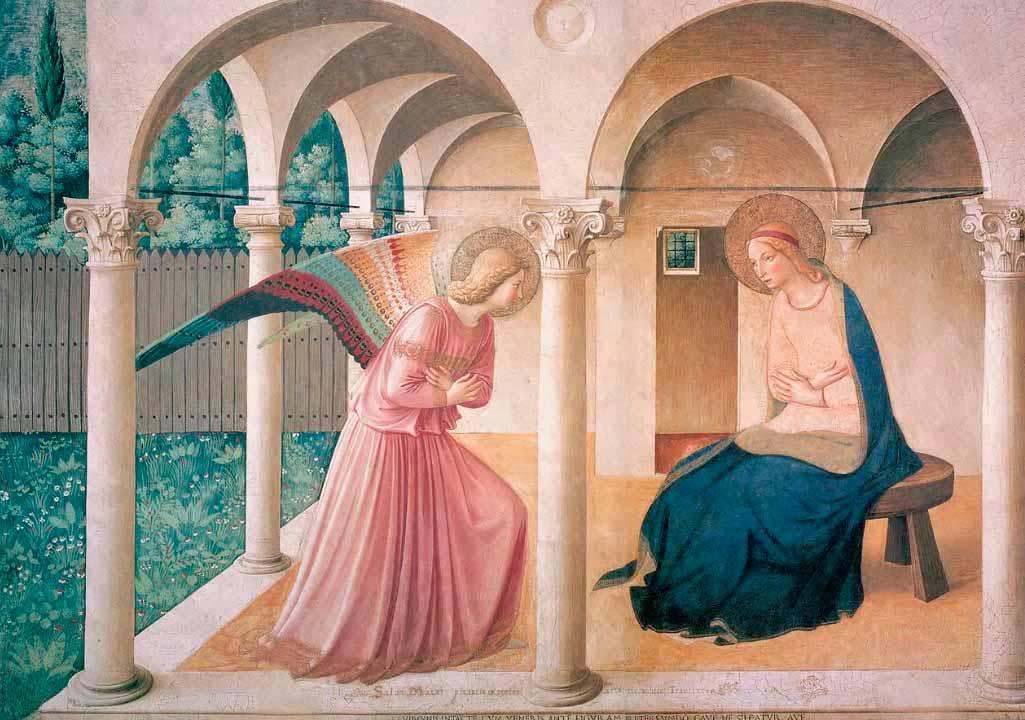On the evening of November 19, 2015, three armed and masked men entered the Castelvecchio Museum in Verona, Italy, and stole seventeen paintings valued around $17.7 million. Among the seventeen, there was the Madonna of the Quail (c. 1420) by Pisanello (c. 1390-1455), one of the greatest artists of the early Italian Renaissance and International Gothic style. The painting depicts the Madonna with Child sitting in a beautiful rose garden while crowned by two angels. The Virgin is portrayed wearing her typical blue cloak over a red dress, the symbol of human nature covered by the divine. The gold leaf background suggests the holy nature of the scene and the wealth of the patron who commissioned the painting. The plants and animals that Pisanello added in the garden are also filled with meaning. The rose is the symbol of love and of Mary’s virginity and its thorns are a reminder of the Original Sin and the banishing of Adam and Eve from Eden. The quail visible at the feet of the Madonna represents the Virgin’s humility and the immortality of the soul.
The Madonna of the Quail is one of the most fascinating examples of the artistic genre called Hortus Conclusus, a Latin term meaning “enclosed garden.” The term hortus conclusus appears in the Bible’s Song of Songs (also known as Song of Solomon) 4:12 which reads: “Hortus conclusus soror mea, sponsa, hortus conclusus, fons signatus" (A garden enclosed is my sister, my spouse; a garden enclosed, a fountain sealed up). In time, the song that had been written to celebrate the marriage of King Solomon became an allegory of the union between Christ and the Church. Father Antonio Scattolini, a Salesian priest and art historian, explains that “along the centuries, the biblical image of the hortus was also applied to the theological interpretation of Mary’s virginity and the dogma of the incarnation of Christ.”































